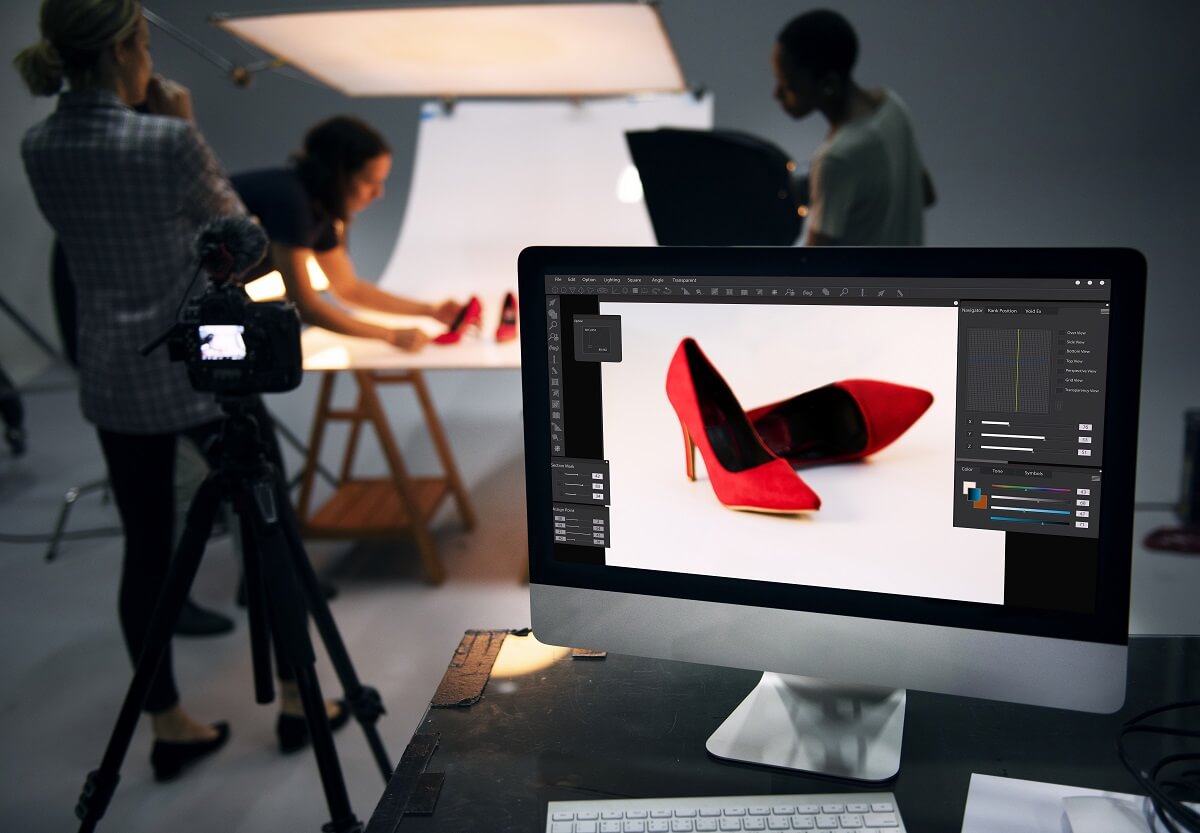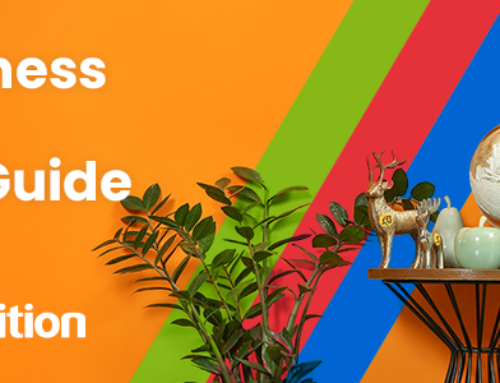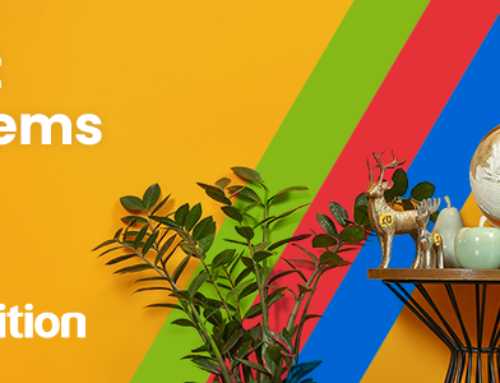
A picture might be worth 1,000 words, but a single image is not enough for eBay search. eBay recommends sellers use multiple images (between six and twelve) in their listings to maximise their chances of being found in eBay search. This approach isn’t a nice to have eBay strategy. If your listings don’t have a minimum of six product images, there’s a good chance that your potential customers will never find your listings. Is it any wonder why your eBay listings have fallen off a cliff?
Like many other eBay optimisation strategies, the correct use of images depends on several factors, including the category you are selling in. Still, as a general rule of thumb – more is always better. At the recent eBay Open event in Manchester, a representative of eBay UK told Frooition that there is solid evidence that sellers with ten images sold significantly more items than sellers with just one image.
Why do more images matter on eBay?
Unlike Amazon, where every item is listed on a single product page (bundling new and second-hand goods together), every eBay listing is a standalone page. This means you are not only competing on price and availability; you are competing on the quality of your listing. Therefore, when optimising your eBay listings, you have multiple opportunities to make your products stand out. While every step on this optimisation journey is essential — adding multiple images is one of the most critical steps.
But it’s not just eBay search algorithms that make images so important on the marketplace. Trust is a significant factor.
Because eBay is such an eclectic marketplace, blending new, refurbished, and second-hand items, which in turn are sold by major brands, independent online retailers and private sellers, consumers demand more information when making a purchase than they normally would from a branded sales environment.
The ability to display multiple unique images suggests that a retailer has physical access to stock. This ability represents a significant advantage over drop-shippers who may have limited access to their inventory.
It also enables sellers to showcase the condition of an item. This is especially useful when selling second-hand or refurbished items where the seller may wish to highlight any cosmetic damage. Showing a small scratch on an otherwise perfect item will help better demonstrate the value of an item and help reduce customer service related issues and returns.
Are you ready for your close up?
High-quality online images give consumers the closest possible experience to that enjoyed on the high street.
Great images allow potential buyers to zoom in and closely examine items. Therefore, it is always important to use the medium (at the very least) or high-resolution settings on your camera when taking product shots. eBay’s picture hosting can manage images up to 7MB in size, so don’t feel like you need to scrimp on size.
Also, while eBay accepts images as small as 500 pixels on the longest side, a 1,600 pixel on the largest side image is preferable and will guarantee that your images look great on any size of screen.
Lights, camera, background
The days of taking a quick snap of your product on your smartphone or point and shoot camera are over. eBay customers demand better quality images. This starts with a little investment in some basic photographic equipment.
Low-cost photographic lightboxYou’ll be surprised how much a cheap tripod and some simple lighting will improve your photography. For sellers of smaller items, simple photographic lightboxes will dramatically improve the appearance of your products and won’t break the bank.
Sellers of larger products may have to invest in a more substantial photographic background and lighting (this can be done relatively cheaply). In fact, the most challenging aspect involved with taking larger product shots is finding the space in your warehouse or office to take the photographs.
A photographic lightbox or background will help improve the look of your products and reduce the amount of editing each image requires.
Best practice dictates that products are displayed on a white background. Nobody wants to see your shabby warehouse floor or kitchen wallpaper in the images. At the very least, this will distance you from private and small-time professional sellers.
eBay also frowns on the use of borders, watermarks, added text or images. It’s worth remembering that any details you might wish to include in your image, such as “free shipping” or “sale”, will be better served in the item title, subtitle or item description field.
Cover every angle with video
Wherever possible, try to take images from multiple angles and remember to focus on key detail areas.
For sellers looking for a more interactive solution, you could look at incorporating Spin Videos into your listings. Video is a solid investment in eBay optimisation, with our sellers telling us that they typically see an increase of anywhere between 15% and 30% in conversions when they add video to their eBay listings.
However, adding video doesn’t replace the need to include more images in your listings. Video is an added value optimisation strategy and part of a more complete plan.
All products deserve more images
Sellers in specific categories will obviously find it easier to produce multiple images than others. For example, fashion retailers can show items from various angles and include photos that focus on specific details such as patterns, fastenings (buttons, zips, etc.), collars, cuffs, seams, etc. But this doesn’t mean that sellers of more generic items cannot utilise more images in their listings.
For example, a media seller selling DVDs could show the product’s standard “catalogue” front and back cover images. They could also offer a photo (front and back) of the physical DVD case and the disc or discs both inside and outside of the case. Using these straightforward steps, a seller has suddenly increased the number of images associated with a product from just two to six.
Options for sellers with deep inventory
While this all sounds like a lot of hard work, there are options for sellers with access to deep inventory levels. A quick Google search will reveal a host of product photographers offering outsourced help. While this will potentially be a more costly option than doing it in-house, it’s certainly an approach worth testing, initially for a small number of items.
If outsourcing product photography delivers a positive uptick in sales, it is then a strategy that can be rolled out across a wider range of items.
Many of these professional solutions will also offer more creative solutions that can be used alongside standard product shots on your own eCommerce sites and social media channels.
eBay optimisation never stops
Increasing the number and quality of images on your eBay listings is just the first step of the eBay optimisation process. Sellers also need to look at the quality of their item titles, item descriptions, their use of item specifics, pricing strategies, shipping options, design templates, and the list goes on.
Do you have a strategy to improve your business’s eBay listing visibility and sales? To learn how Frooition can help you maximise your opportunity on eBay, Amazon and your own eCommerce store, schedule a 15-minute call with one of our eCommerce optimisation experts today.








